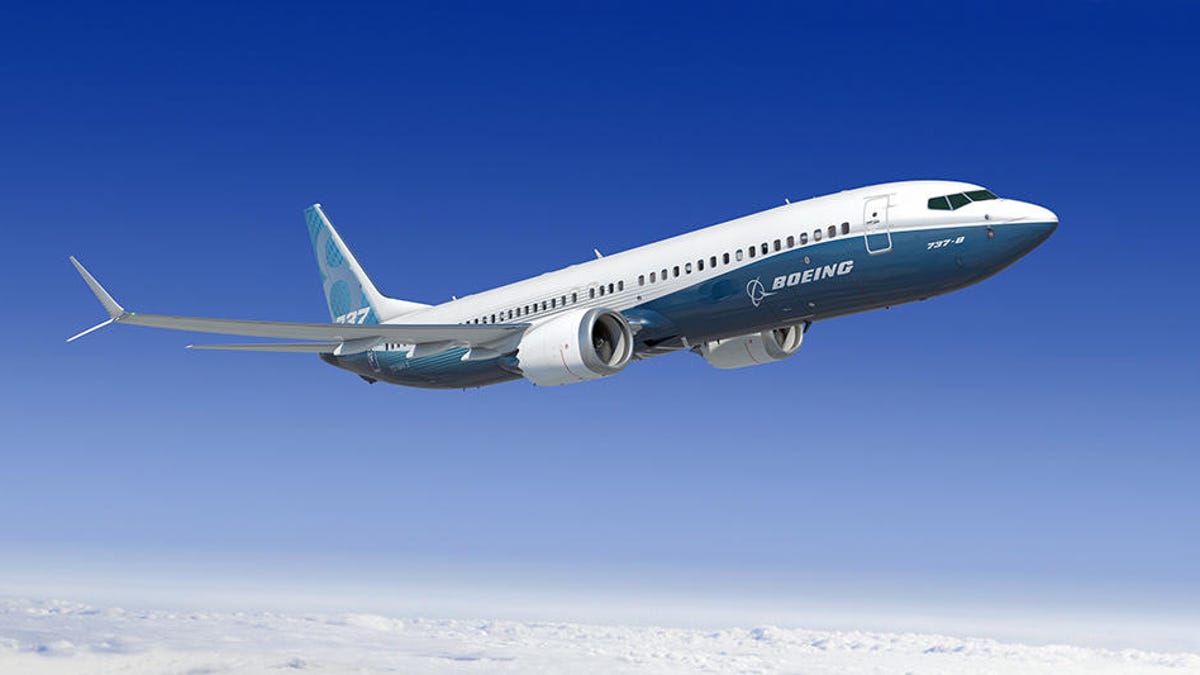Report on 737 Max 8 crash blames Boeing design, Lion Air staff
Indonesia's final investigation says a faulty sensor, improper maintenance procedures, and problems with a flight control system all contributed to the October 2018 crash that killed 157 people.

Investigators blamed the Boeing 737 Max 8 crash on multiple factors.
Indonesia's aviation safety agency on Friday released its final report (PDF) on the deadly 2018 Lion Air crash of an almost-brand-new Boeing 737 Max 8 a year ago. The report, which largely supports the preliminary investigation (PDF), criticizes the design of Boeing's MCAS flight control system, errors made by Lion Air's pilots and maintenance crews and a faulty sensor supplied by a Florida company.
Lion Air flight 610 crashed into the Java Sea shortly after taking off from Jakarta, Indonesia, on Oct. 29, 2018, killing all 189 people on board. A second 737 Max 8 crash in Ethiopia in March took 157 lives.
Though the Indonesian National Transportation Safety Committee (KNKT) identified nine factors that contributed to the crash, it largely blames Boeing's MCAS, a feature unique to the 737 Max. MCAS is designed to push the aircraft's nose down automatically using control surfaces on the horizontal tailplane if it detects the nose is too high (a condition that can cause a plane to stall). "The MCAS function was not a fail-safe design and did not include redundancy," the report said.
Before crashing, the Lion Air pilots were unable to determine their true airspeed and altitude and they struggled to take control of the plane as it oscillated for 10 minutes. Each time they pulled up from a dive, the system pushed the nose down again. (For background on MCAS, read these in-depth stories from The Air Current and The Seattle Times.)
Among the contributing factors mentioned in the 322-page report:
- Like all modern aircraft, the 737 MAX uses angle of attack sensors mounted on the nose that tell pilots how much lift the wings are generating. Shaped like a tiny wing, they use the flow of air rushing past to determine if a plane is close to stalling. On the 737 MAX, the sensors also feed information to MCAS, telling it when to kick in. Though the 737 has multiple AOA sensors, Boeing designed MCAS to take information from only one.
- But that sensor, provided second-hand by a Florida-based company called Xtra Aerospace, was not calibrated correctly nor did Lion Air maintenance crews detect the error when they installed the sensor the day before the crash (31 pages were missing from the aircraft's maintenance log at the time). The fault in the sensor meant that it was feeding incorrect information to MCAS.
- The 737 MAX has a warning light that would have shown that the faulty sensor was disagreeing with the working sensor on the other side of the aircraft's nose. But a software bug meant that the warning light was working only if Lion Air has purchased a package of equipment Boeing sold only as an option.
- As had previously been found, 737 MAX flight crews were inadequately trained on using MCAS, how to react when a malfunction occurred and how to deactivate MCAS if needed. "Not including information about the MCAS from the flight crew operating manual and flight crew training made it more difficult for the flight crew to diagnose problems and find the corrective actions to overcome the situation," the report said.
- The pilots who'd flown the doomed aircraft the day before also experienced problems controlling the MCAS, but didn't give a full report on the conditions he experienced upon landing or how he mitigated them.
- Following FAA guidance, Boeing had estimated flight crews could respond to MCAS malfunctions within three seconds. The Lion Crew needed about eight seconds to react.
- The flight crew was unable to manage the "multiple alerts, repetitive MCAS activations, and distractions related to numerous ATC communications." Additionally, the first officer had problems mastering some procedures during training and later proficiency checks.
In an emailed statement, Boeing CEO Dennis Muilenburg said the company is "addressing" the KNKT's safety recommendations. "We commend Indonesia's KNKT for its extensive efforts to determine the facts of this accident, the contributing factors to its cause and recommendations aimed toward our common goal that this never happens again," Muilenburg said.
The 737 Max remains grounded globally, and the US Federal Aviation Authority's certification process is under scrutiny. Lion Air didn't immediately respond to a request for comment.
Originally published Oct. 25, 6:42 a.m. PT.
Update: 3:42 p.m. PT: Adds details from the report.



